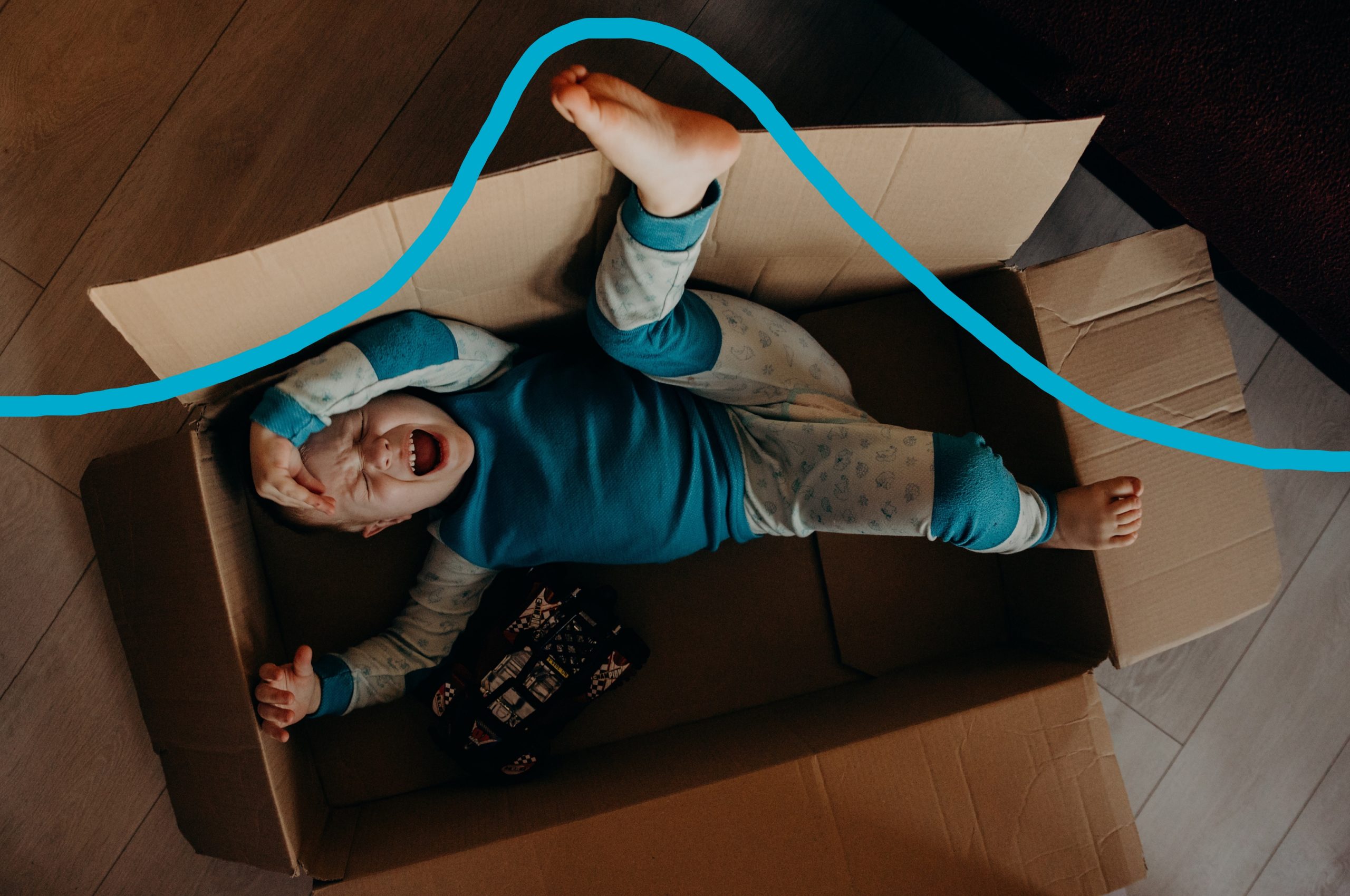If your baby is having regular difficulty falling asleep and staying asleep at nap time or bedtime learn how to ride your baby’s sleep wave. If sleep is not going well in your home your baby is probably overtired. Kids need a lot more sleep than adults because their brains and bodies are growing rapidly. They are sensitive to inner and outer stimuli and get overstimulated easily. Help your child get good quality sleep to keep them healthy and happy by learning how to ride your baby’s sleep wave.
When your child gets overtired, naps and bedtime become stressful. They are more likely to resist sleep because it’s harder for them to do if they are too tired. This is a slippery slope that can eventually lead to a lot of missed sleep over time. I am going to explain the way your child’s sleep waves operate and help you ride the waves instead of feeling like you’re drowning in them.
Sign Up For Our Newsletter
Baby Sleep Wave 101
Let’s begin by understanding the rhythm of your baby’s sleep. Your child’s circadian rhythm emerges by 16 weeks of age and continues to develop as they get older. The circadian rhythm determines the times of day and night that sleep will have the most restorative quality in any given stage of your baby’s development.
Anatomy of a Sleep Wave
To help you to imagine how their sleep rhythms operate, try thinking about a sleep wave in terms of a bell-shaped curve. The peak of the curve is that sweet spot when your child peacefully drifts off to sleep. In order to help your baby sleep easily, get them into bed with the lights out by the time their sleep wave peaks. An effective pre-sleep routine will be a major tool that will help you to accomplish this. You will see them yawning around this time. Once you’ve identified when the sleep wave peaks, aim to put your baby down a little before the peak of the curve and sleep can happen without much effort.
The Wipe Out
In a short amount of time your baby’s sleep wave will progress past the peak and into the overtired zone. When this happens, their body automatically releases a burst of energy chemically stimulating itself to stay awake. You’ll know they have their second wind when it takes them (and you) much more effort to get into bed and finally fall asleep.
The Impact
Too much missed sleep over time will accumulate a significant sleep debt. You can identify this by watching your child’s behavior in the late afternoon and early evening around 4:00 – 5:00 p.m. With younger babies it is known as the witching hour. If you are not with your child during this time of day, have their caregiver keep an eye out for hyperactivity, hypersensitivity and irritability (e.g. hot mess express).
The Bail Out
If your child is no longer able to happily play on their own in the late afternoon move bedtime earlier. Even 20 or 30 minutes is substantial. Aim to catch their sleep wave before or by the time it peaks. Prevent them from getting their second wind and make repaying any sleep debts your top priority. It can take several days in a row of an earlier bedtime to fully catch up a sleep debt. Watching your baby’s behavior in the late afternoon will help you to know once they have become well-rested again.
A Clean Break
Bedtime doesn’t have to be a battle. It can be a pleasant last encounter with your family for the day where you bond with one another. If you’re not happy with your family’s sleep contact me for help. I offer free 15-minute consultations so we can discuss the sleep challenges your family is facing and what I can do to help.











